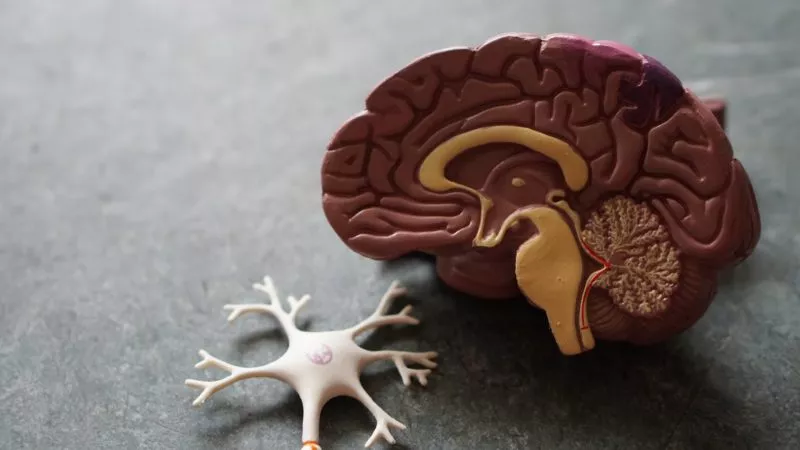Trust & your website: Invoking a positive gut response

In a previous post detailing why trust is our most persuasive tool, we explored exactly how our brains respond to trust and why when it comes to business and our websites, we need to harness this to our advantage.
To recap, trust is processed in 2 ways:
1) through our system 1 brains which we class as our gut feel or instinct.
2) via our system 2 brains where we logically and rationally assess something for trustworthiness.
“Capturing the hearts and minds of our audience means focusing first on their hearts.”
Our gut feel and instinct has incredible power over us. Our system 1 brains react and make a decision in under a second to what we see.
Our ‘gut instinct’ is so powerful that even when post-rationalised with our system 2 brains, it can override any opposing logic.
“Why do some people trust their gut instincts over logic? It could be that they see those snap decisions as a more accurate reflection of their true selves and therefore are more likely to hold them with conviction, according to research published by the American Psychological Association.”
As such when it comes to your website, it’s important to get that initial positive response and emotional connection with your users.
This all boils down to tapping into their unconscious biases and what they deem as trustworthy or not at an instinctual and subconscious level.
But how do we provoke that initial trust reaction?
It’s true that how people assess a website’s trustworthiness can differ slightly according to upbringing, life experiences etc, but if you know and understand your target audience at a deep emotional level, tapping into their subconscious becomes much easier. We help businesses do this by creating detailed user journey maps.
But from a wider perspective there are certain overall influencing factors we’ve identified that contribute towards a positive gut reaction in users.
Cultivating trust on websites for our system 1 brains – top level.
It’s worth understanding that our gut instinct isn’t always right, in fact it’s incredibly untrustworthy.
This sometimes makes it hard for us when designing a website, as we need to stop looking at things logically in order for us to really get into the headspace of the consumer.
So putting logic aside to create a positive ‘gut response’ in our users, we need to work on those elements which provoke it. We need to work on what those potentially untrustworthy signals of trustworthiness are.
From our research, it boils down to two main things; the overall design ‘look and feel’ of a website and the photography used.
Design
Attractive websites are on the whole viewed as more trustworthy.
In fact, a study from Stanford says “design is the most important factor in determining credibility.”
There’s no rational explanation as to why a professional design should make a company more trustworthy. For example it could be that a bad company simply has the resources available to pay for a professional design.
However this is how the consumer brain processes it.
We’ve outlined some criteria below which can be seen as contributing towards the attractiveness of the design of a site.
When creating designs, it’s important to consider the following;
The professionalism of the design
Would you trust the left or right Velospeed website more?
The colour palette
The more modern the colours, the more attractive the design.
Amount of whitespace
The more whitespace used, the more trustworthy it’s deemed. Of the sites pictures above, which would you trust more?
Typography used and font sizes (readability, on-brand, modern)
Keep to 2 different fonts on a site for optimum design cohesiveness.
Too many different fonts have been used on this site, making it hard to read.
Photography
Photography plays the other huge part in whether a website is deemed trustworthy by its users.
In particular, photos of people (face-based trust) can be used in various ways to gain a user’s trust
However we subconsciously analyse those photos in a deeper way. We evaluate the facial expressions, their overall attractiveness and also their attire.
Inherently we associate signals of authority with competence and trustworthiness. So if someone is wearing a doctor’s outfit or police uniform, we’re going to trust them that bit more. Obviously this needs to be contextually relevant, but if a site sells medically approved products, this could give it the real credibility boost that consumers are looking for.
It’s important however not to abandon your abstract pictures for photos of shiny happy people straight away. The context and positioning of them on the site also contributes towards how successful they’ll be at capturing those system 1 brains.
For example when encouraging people to make contact, replacing generic images of phones etc with a profile picture, can make a significant difference to conversions.
Don’t be tempted to cut corners and use stock imagery though for want of using ‘professional photos’. Using Stock photos can seriously harm your reputation and credibility as users can spot them a mile away.
Take a look at the images below, which ones inspire trust?
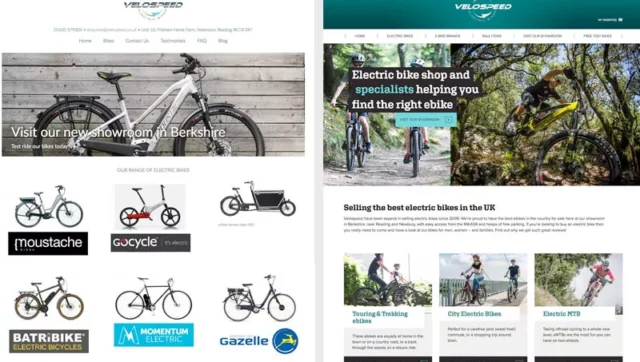
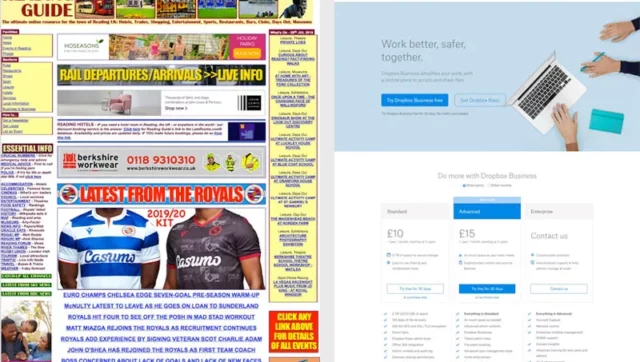
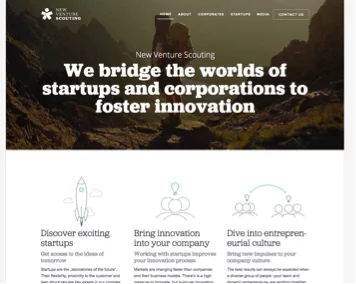
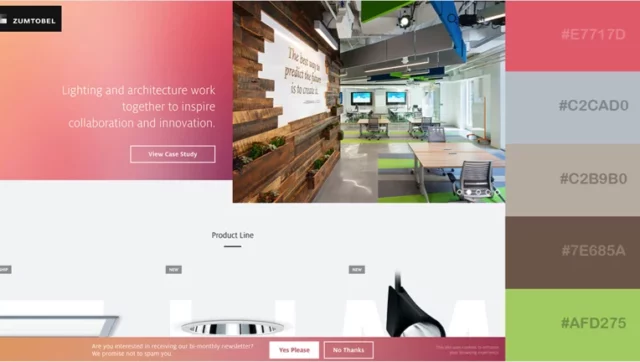
Conclusion
Gut responses and our unconscious biases are structured in thinking that the better-looking something is, the more we trust and are drawn to it. When we analyse our day to day interactions we might start to notice this more and more.
So for more credibility, users and customers it’s important to invest in a professional, bespoke website and complimentary photography.
All our resources are FREE
Want to stay updated?
Get instant updates on our latest news and resources by subscribing to our mailing list
"*" indicates required fields
